Whether it’s portrait of a pet or the furry best friend of a fictional hero, most illustrators will be asked to draw a dog or cat along the way. In this article, I’ll focus on the often overlooked skull and head differences that can dramatically improve your drawings and basic animal anatomy. This key insight will help improve your dog and cat anatomy with one look.
If you’ve read my articles, you will know The Famous Artist Course books has been a major influence since I was first introduced to it. Though out of print, the resource remains widely accessible all over the internet and continue to offer timeless lessons for artists of all levels.
Read: An Illustrator’s Approach to Fundamentals
Lessons about animals are featured throughout the FAC but chapter 7, (the yellow book) is where it gets more specific about animals. These diagrams will be ideal for learning more about the cat and dog anatomy.
An Approach to Drawing Animals In General
FAC follows a simple approach to drawing animals. This approach asks artists to make comparisons about what you already know about human anatomy (and/are learning) to newer, animal anatomy. The image below is a great illustration of this concept – we are all made up of the same stuff, just in different proportions, arranged differently.
Dog and Cat Key Differences in the Skull
When observing the dog’s head as you draw, you can see in profile, the line of top of the snout and top of head run remarkably parallel to one another. Even though Parsnip gowls up and through her coats see the angles of these two different dogs. Parsnip’s angle if we compare to a clock looks about 4pm. and Peach, a little more striaght than Parsnip’s. Thanks BIL Ross for sharing his beloved girls, Peach and Parsnip
A cat’s face slopes, sometimes dramatically and not the same angle on the top of the head and the top muzzle area. Even in large cats this is true. A hill, a slope and a drop off, sometimes angling toward the neck. Capturing this concept is important, even in gesture, as it’s recognizable feature that will help communicate dog or cat to your client.
This three quarters view in the cats below almost looks warped, perhaps they are a touch, as it shows off the flatness of this young cat’s slopes of the face. If there is camera warping, it’s safe to say that are of anatomy can be played with constraints. Thanks to my BIL, Adam for these photos of his cats.
Drawing Dog and Cat Noses
Now that you can see the difference in these key angles of the head. Note the difference in the cartilage that makes up the nose. Like us, dogs have a lot of fleshy body over the nose, even dog breads with small snoots will have this. In general, most observe a smaller nose on a cat.
In the image above, the text notes the difference in muscle between meat and grass eaters. Don’t let it confuse you, animals like horses, do have massive muscle in their jaws. Think of the amount of grinding they do to sustain 1000+ pounds. The jaw of a meat eater have workings for a powerful bite down.
Placement of the Eyes when Drawing Cats and Dogs
Make sure you are drawing predators when drawing cats and dogs. It’s critical the eyes are drawn the front of the face (unlike animals like deer and horses whose eyes are on the sides.) Cats and dogs both lower orbital bones “close” around the eye, unlike the way ours do and it’s clearly shown in the image above and below.
Mastering the subtle differences in cat’s and dog’s head structure is a small shift that makes a big impacts on your drawings and paintings. With this tip in mind, you’ll start to see your animal drawings gain more accuracy and personality. Level up your understanding of animal anatomy, horses make fantastic inspiration with their powerful forms and expressive movements. Your next break through just might have hooves. Until next time.
For more on horses: Thing To Think About When Illustrating Horses

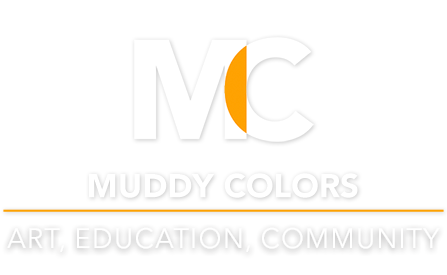
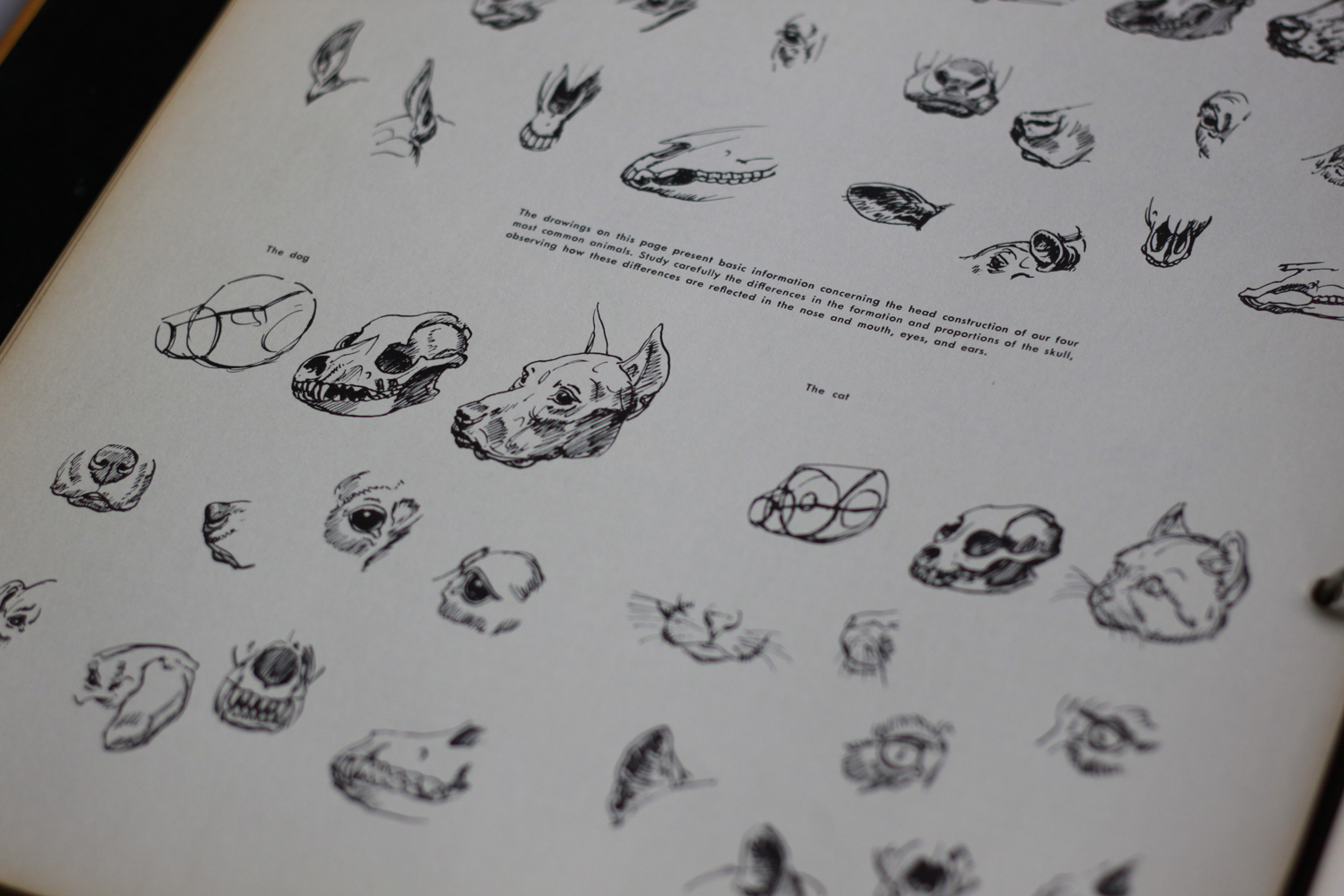
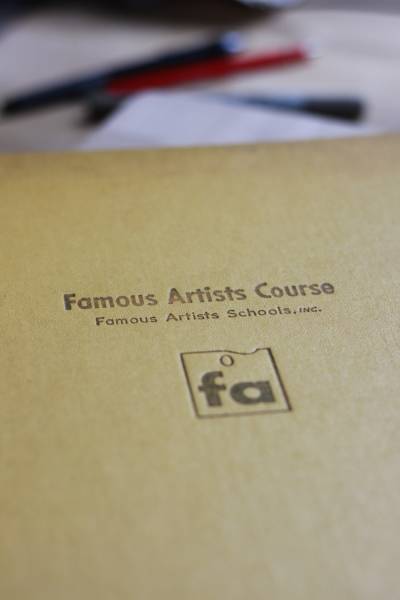

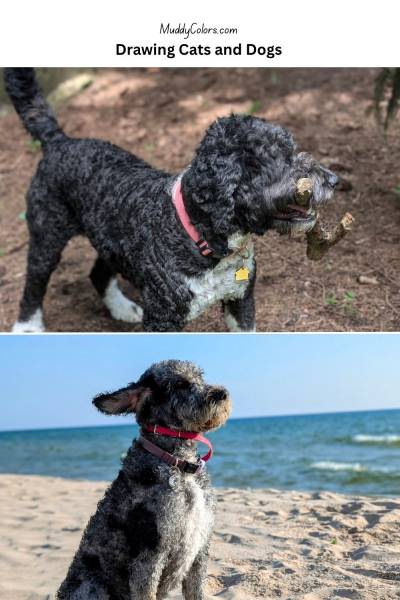
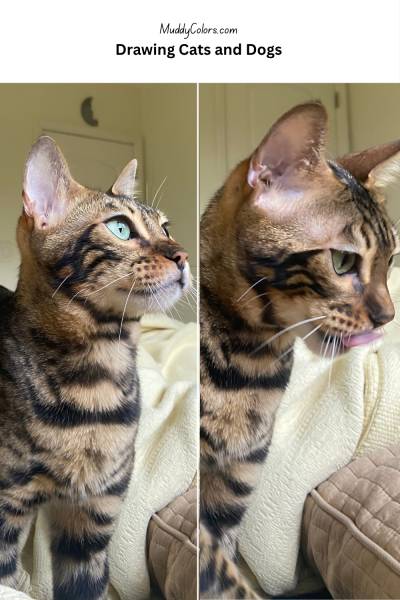
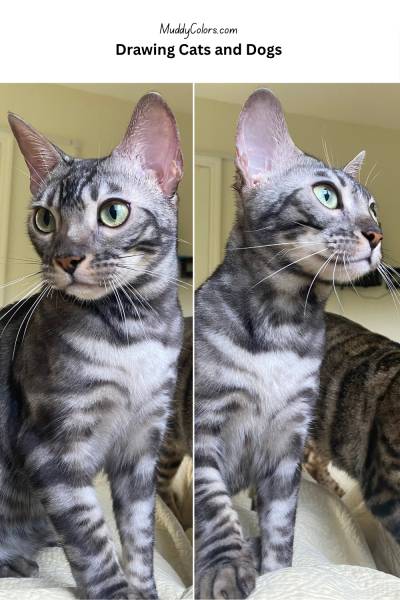
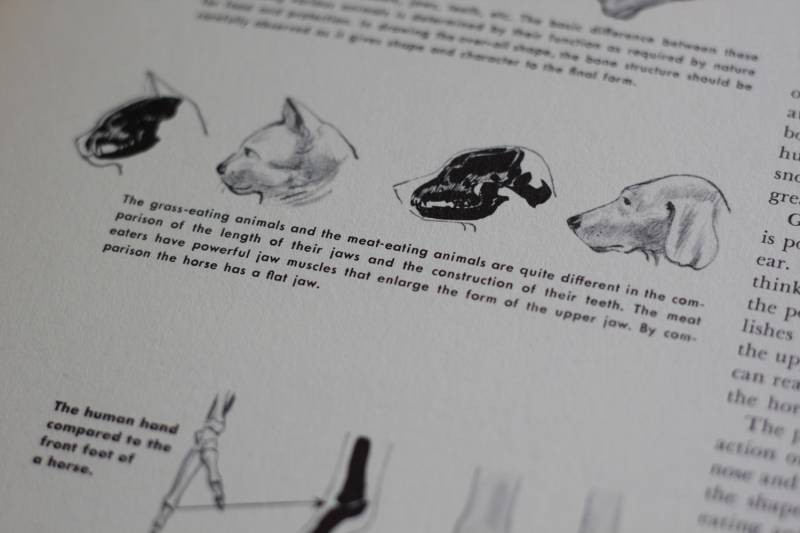

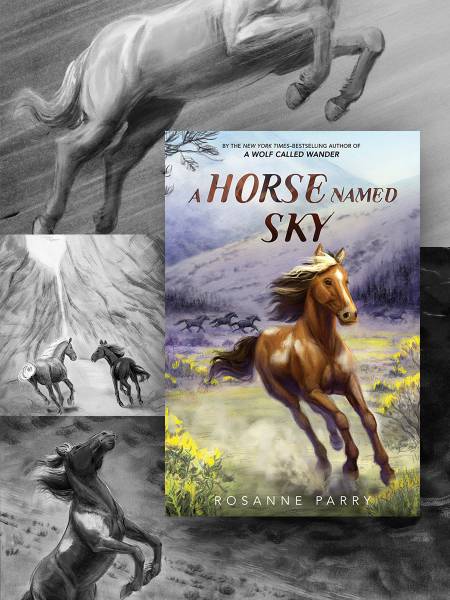
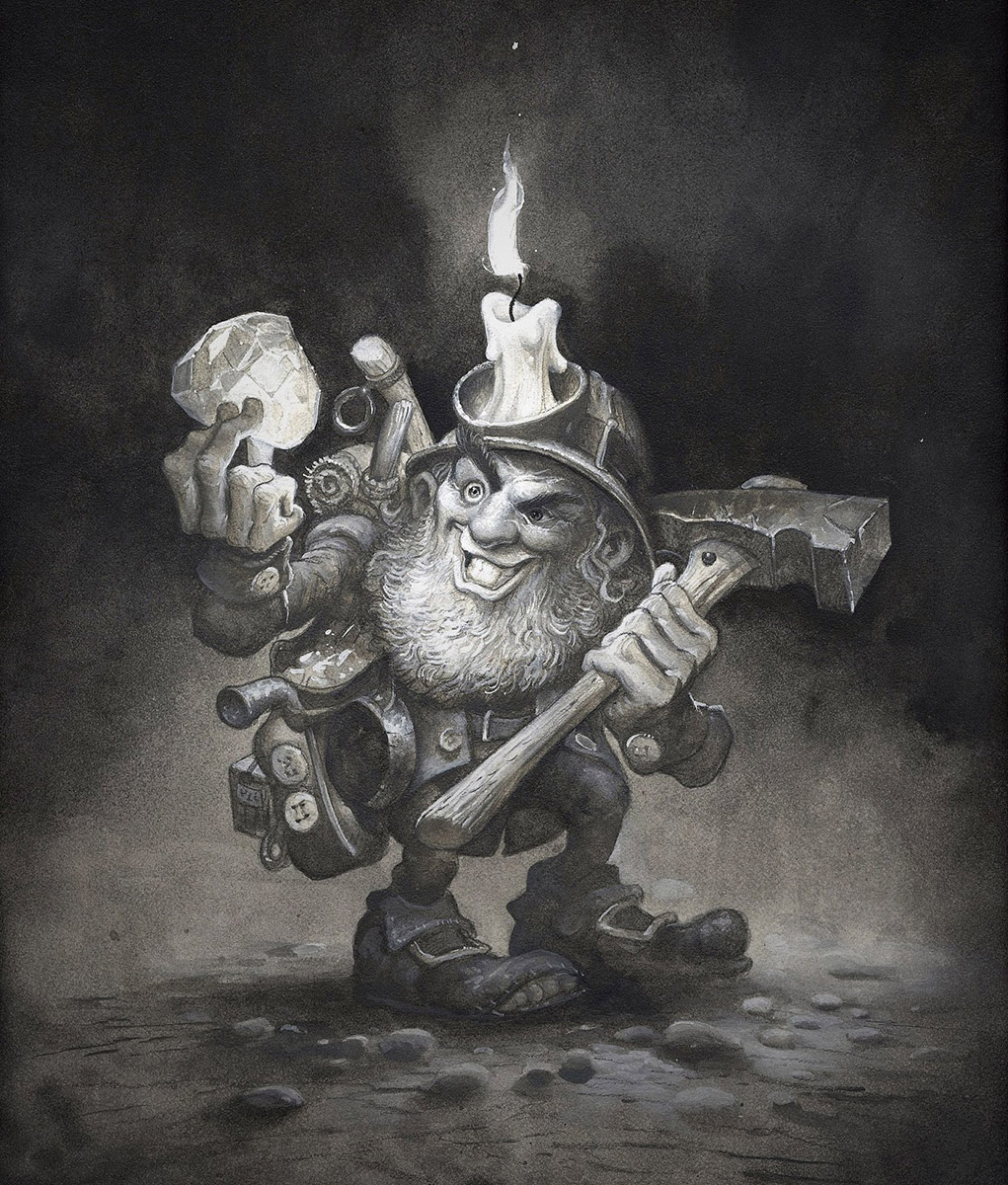
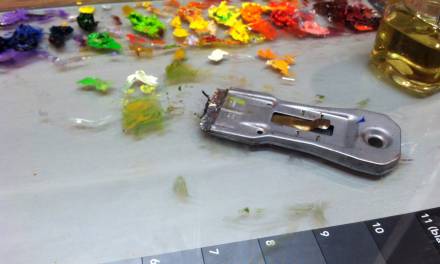
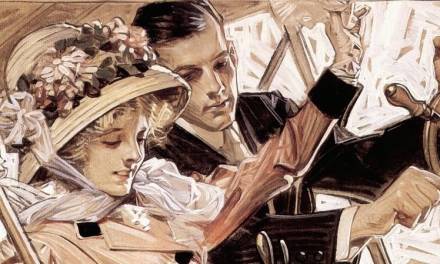
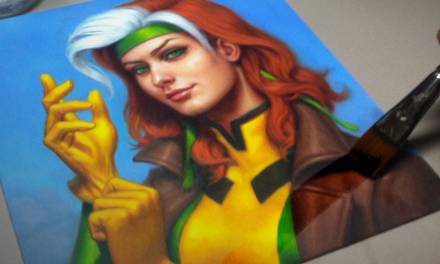
I make $20k a month working part time.
This is such a simple yet brilliant tip! I’ve always struggled with making my cats and dogs look distinct, and this parallel vs. sloped head angle makes so much sense. Definitely going to try this on my next sketch. Thanks for sharing!
This is a fantastic starting point! I’d love to see a follow-up about how these differences translate to different breeds – like a bulldog’s skull versus a greyhound’s, or a Persian cat’s face versus a Siamese. Is the ‘one tip’ still the main guide then?
I’m heading straight to my sketchbook after reading this! The concept of parallel vs. sloped lines for the head is so intuitive once you see it pointed out. It makes the animals look so much more believable. This truly is a game-changer for my pet portraits.